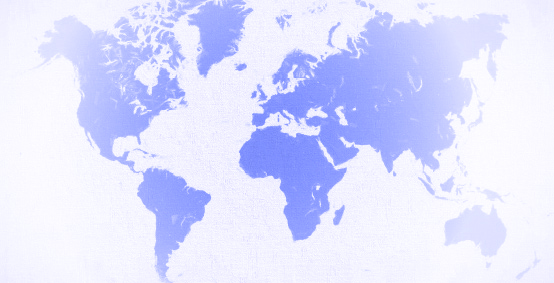News Hemostasis
Instrumentation Laboratory Launches HemosIL® AcuStar VWF:CB Assay in Europe and Other International Markets
October 11, 2016 - Bedford, MA
Instrumentation Laboratory (IL) today announced commercialization of the HemosIL AcuStar VWF:CB assay in the European Union and other international markets.* This fully automated chemiluminescent immunoassay is indicated for the quantitative determination of VWF collagen-binding activity in human citrated plasma on the ACL AcuStar® Hemostasis Testing System to aid in the investigation of von Willebrand Disease (VWD). HemosIL AcuStar VWF:CB simplifies testing and allows faster and more accurate test results.
The first and only automated von Willebrand Factor (VWF) collagen-binding activity solution in Hemostasis testing, HemosIL AcuStar VWF:CB expands the HemosIL AcuStar VWF Assay Panel to create the most complete panel for primary investigation of VWD. Other assays in the HemosIL AcuStar VWF Assay Panel include: HemosIL AcuStar VWF Antigen (VWF:Ag) and HemosIL AcuStar VWF Ristocetin Cofactor (VWF:RCo) Activity.
“HemosIL AcuStar VWF:CB expands our VWF Assay Panel to provide clinicians with a broader diagnostic picture, plus faster, more reliable results,” said Remo Tazzi, Director Worldwide Hemostasis Marketing at IL. “Enhanced sensitivity improves accuracy while automation of complex assays expedites turnaround time. This not only enables better patient management, but also means more efficient testing.”
Like all reagents on the ACL AcuStar System, HemosIL AcuStar VWF:CB is ready-to-use, cartridge-based and offers results in less than 30 minutes—on-demand, 24/7. Chemiluminescence enhances linearity range to quantify extremely low levels of VWF concentrations and offers superior performance and reliability vs ELISA methods.
VWD is classified into three major categories: partial quantitative deficiency (Type 1), complete quantitative deficiency (Type 3), and functional deficiency (Type 2). Type 2 VWD is broken into subtypes based upon the functional deficiency present (Type 2A, 2B, 2M, and 2N). The clinical utility of VWF:CB activity testing is to differentiate Type 1 VWD from Type 2 and Types 2A/B from Type 2M.
About von Willebrand Disease
VWD is the most common inherited bleeding disorder, characterized by a qualitative or functional defects of the VWF protein. The disease affects up to 1% of the worldwide population and occurs with equal frequency between men and women. Acquired von Willebrand Syndome (AWVS), characterized by acquired defects in VWF functionality, typically develops in the absence of a family history of bleeding can be associated with serious autoimmune problems (e.g., systemic lupus erythematosus), cancers, or medicinal drug use. It is common for VWD to remain undiagnosed because of unknown patient family history and mild symptoms. Prompt diagnosis and classification are necessary for optimal therapeutic management.
*HemosIL AcuStar VWF:CB assay is not currently 510(k) cleared.
NEWS
Latest News
December 11, 2025 - Bedford, MA
July 29, 2025 - Bedford, MA
May 1, 2025 - Bedford, MA
March 31, 2025 - Bedford, MA


